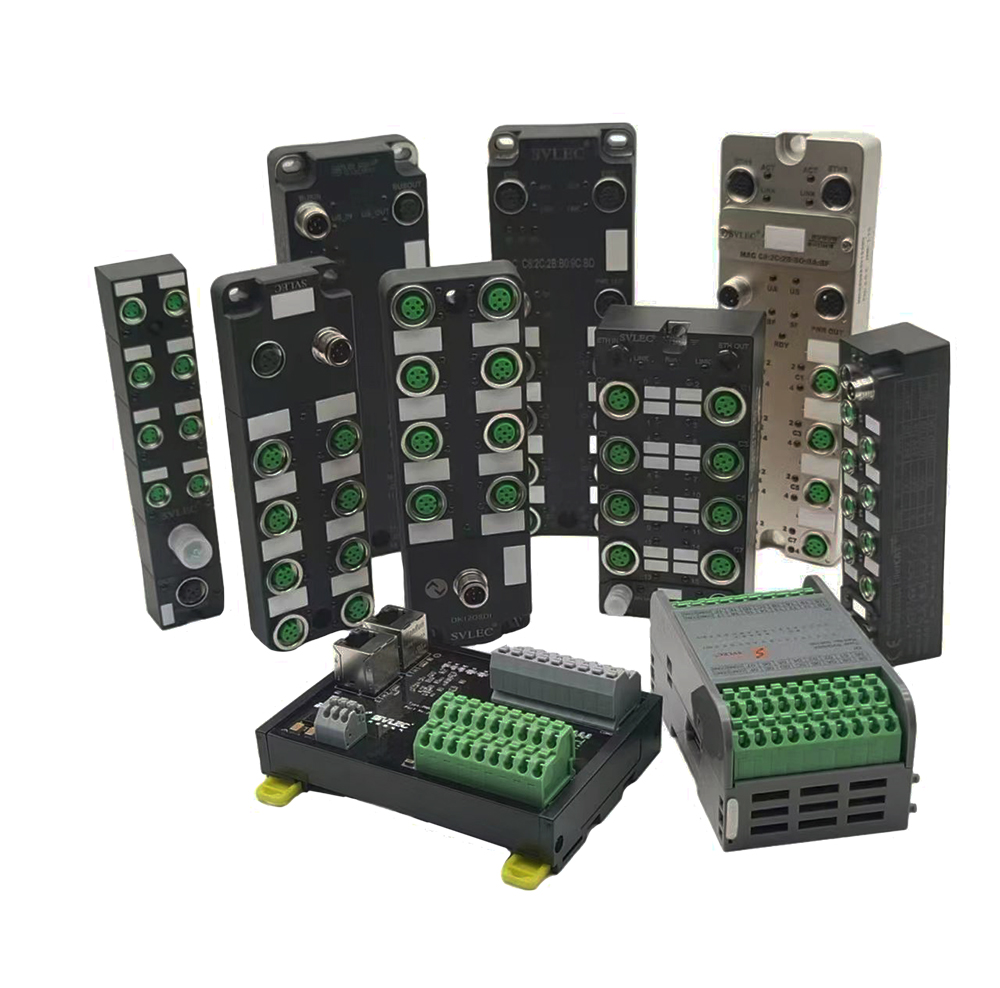Qualcomm Chairman Paul Jacobs: Mobile Technology Drives Smart Future Computing Will Be VR
On July 27, the “2017 Tianyi Intelligent Ecological Expo,†jointly organized by China Telecom and Qualcomm, took place at the Guangzhou Exhibition Hall. During the 9th Tianyi Intelligent Eco-industry Summit held that afternoon, Dr. Paul Jacobs, Executive Chairman of Qualcomm Incorporated, delivered a keynote speech titled *“Accelerating Mobile Innovation and Opening the Smart Future.â€* The event highlighted the ongoing transformation in mobile technology and its far-reaching impact on various industries.
Dr. Jacobs emphasized that over the past three decades, Qualcomm has played a key role in advancing mobile technology, evolving from analog to digital, and from 2G to 4G LTE. This evolution has not only changed how people interact with devices but also reshaped entire industries. Today, the focus is no longer just on voice calls but on enhancing user experiences through faster connections, better performance, and smarter devices. He pointed out that the future lies in connecting everything—devices, people, and even environments—through intelligent networks.
One of the key innovations discussed was Qualcomm’s Netcom technology, which enables a single chip to support multiple network standards, including 2G, 3G, and 4G, across different frequency bands. This allows for global roaming with a single SKU, making it easier for manufacturers to create versatile and cost-effective devices. Additionally, Qualcomm introduced the Gigabit LTE technology, which offers ultra-fast data speeds, paving the way for 5G. The Snapdragon X16 and X20 modems are examples of this progress, enabling high-speed connectivity for applications like 4K video streaming and VR.
The latest Snapdragon 835 mobile platform was also showcased, featuring a 10nm process that delivers powerful performance and improved battery life. It powers a range of top-tier smartphones and is now being integrated into Windows 10 devices, bringing mobile capabilities to PCs. Beyond phones, Qualcomm is also working on smart glasses, such as the ODG R-8, which uses the Snapdragon 835 for immersive AR/VR experiences.
Looking ahead, the Internet of Things (IoT) will be a major driver of innovation. Qualcomm is focusing on scalable LTE solutions, including Cat-M1 and NB-IoT, to support a wide range of IoT applications, from smart meters to medical devices. These technologies are essential for building a connected world where devices communicate seamlessly.
As 5G approaches, Qualcomm is leading the charge, with early trials and prototypes already in development. The company estimates that the 5G economy could generate $12 trillion in new products and services globally, creating millions of jobs. With 5G, industries like automotive, healthcare, and manufacturing will see unprecedented advancements.
Qualcomm has been deeply involved in the Chinese market for years, collaborating with China Telecom and other industry partners. Recent initiatives include joint ventures focused on cloud computing, smartphone chips, and 5G research. The Shenzhen Innovation Center is one of many efforts to foster collaboration and drive technological advancement in the region.
In conclusion, Dr. Jacobs expressed excitement about the opportunities ahead and encouraged continued cooperation between Qualcomm and its partners. He emphasized that mobile technology is not just a tool but a platform that can transform the world. Together, they are shaping a smarter, more connected future.
SVLEC is a manufacture located in Jiangsu Province China , which product I/O system since 2017 . SVLEC provide I/O system that have almost the protocol all over the world ,such as remote module , IP20 i/O module , Profibus module ,Profinet module, Ethercat module , Ethernet IP module and CC-Link modules .

I/O System,Remote Module,IP20 I/O Module, Bus Module ,Plastic bus module , Compact I/O Module
Kunshan SVL Electric Co.,Ltd , https://www.svlelectric.com